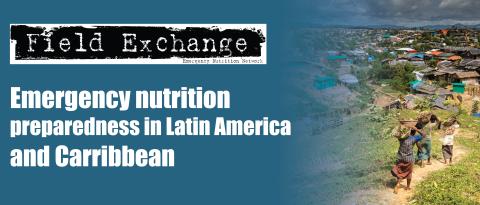Violent conflict and breastfeeding: The case of Iraq
Research snapshot1
The association between conflict and breastfeeding is currently understudied. Using secondary survey data, the authors of this paper examined the status and duration of breastfeeding in Iraq. Outcome variables on breastfeeding status and duration were taken from the 2006 and 2011 Multiple Indicator Cluster Surveys (MICS) for children aged 0 to 24 months. The measure of armed conflict was estimated using the number of casualties recorded in the Iraq Body Count database. Descriptive analysis of breastfeeding practices, using pooled data from both surveys, showed that only 6% of infants were exclusively breastfed by their fifth month, 66% were breastfed at 12 months and 29% at 24 months. The mean casualty rate was around 0.20 casualties per 1,000 population.
For all outcome indicators, conflict intensity was negatively associated with breastfeeding. Each one-unit increase in the casualty rate (one additional casualty per 1,000 persons) was associated with a 3.75 percentage point (ppt) decline in the probability that a child had ever been breastfed (statistically significant (ss)); a 7.3 ppt decline in the probability that a child was currently breastfed (ss); a 8.17 ppt decline in the probability that a child was breastfed within one hour after birth (not ss); and a 2.74 ppt decline in the probability that an infant under six months of age was exclusively breastfed (not ss). Results were robust to alternative measures of conflict, although some coefficients from estimation based on the 2006 sub-sample were positive and not significant. Using the pooled sample or 2011 sub-sample, an increase in conflict-related casualties was associated with shorter breastfeeding duration (ss). For the 2006 sub-sample, higher conflict intensity was associated with longer breastfeeding duration (ss). Results suggest an increase in the use of breastfeeding substitutes, such as infant formula, concurrent with higher levels of conflict among wealthier families. While results reveal some relationship between conflict and breastfeeding, they are not consistently significant or unidirectional. The authors conclude that providing infant formula risks reducing the probability and duration of breastfeeding. Attention to the supply of skilled breastfeeding support and targeted support to infants dependent on formula are matters of the utmost urgency during and after conflict.
Endnotes
Diwakar, V., Malcolm, M. & Naufal, G. Violent conflict and breastfeeding: The case of Iraq. Confl Health 13, 61 (2019). https://doi.org/10.1186/s13031-019-0244-7


